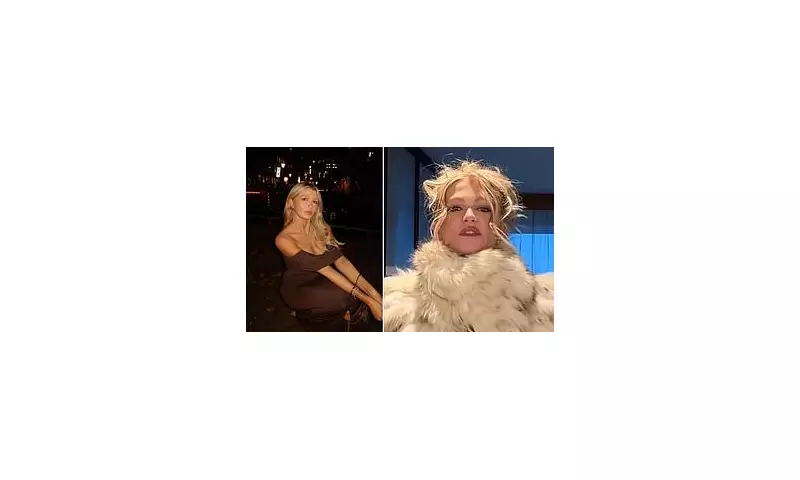
British fashion influencer Halley Kate has found herself at the centre of a social media storm after being photographed wearing a luxurious full-length fur coat during Copenhagen Fashion Week. The controversial fashion choice has ignited fierce debate among her followers and animal rights advocates alike.
The Copenhagen Controversy
While attending one of fashion's most prominent events, the 24-year-old content creator opted for a striking winter ensemble featuring what appears to be genuine animal fur. Images of Kate strolling through the Danish capital in the lavish coat quickly circulated online, prompting immediate backlash from critics who condemned her choice as outdated and cruel.
Social Media Erupts
The response across various platforms was swift and unforgiving. One critic declared, "It's 2024 - how can anyone still wear real fur?" while another commented, "There are so many incredible faux fur alternatives available, this choice is completely unnecessary."
The controversy highlights the ongoing tension within the fashion industry between luxury aesthetics and ethical considerations. Copenhagen Fashion Week itself has increasingly emphasised sustainability in recent years, making Kate's choice particularly conspicuous.
The Ethical Fashion Debate
This incident reignites the long-standing conversation about fur in fashion. While many high-end designers and retailers have abandoned real fur in response to changing consumer values and ethical concerns, some luxury brands continue to feature it in their collections.
Animal rights organisations have been particularly vocal in their criticism, pointing to what they describe as the unnecessary suffering involved in fur production. The timing of this controversy couldn't be more significant, as the fashion industry faces increasing pressure to adopt more humane and sustainable practices.
Influencer Responsibility
As influencers like Halley Kate continue to shape fashion trends and consumer behaviour, many are questioning whether they bear additional responsibility for their sartorial choices. With millions of followers looking to them for style inspiration, their selections can normalise certain fashion items and practices.
The incident serves as a reminder that in today's socially conscious climate, fashion choices are increasingly viewed through an ethical lens, with consumers expecting transparency and responsibility from those in the public eye.





